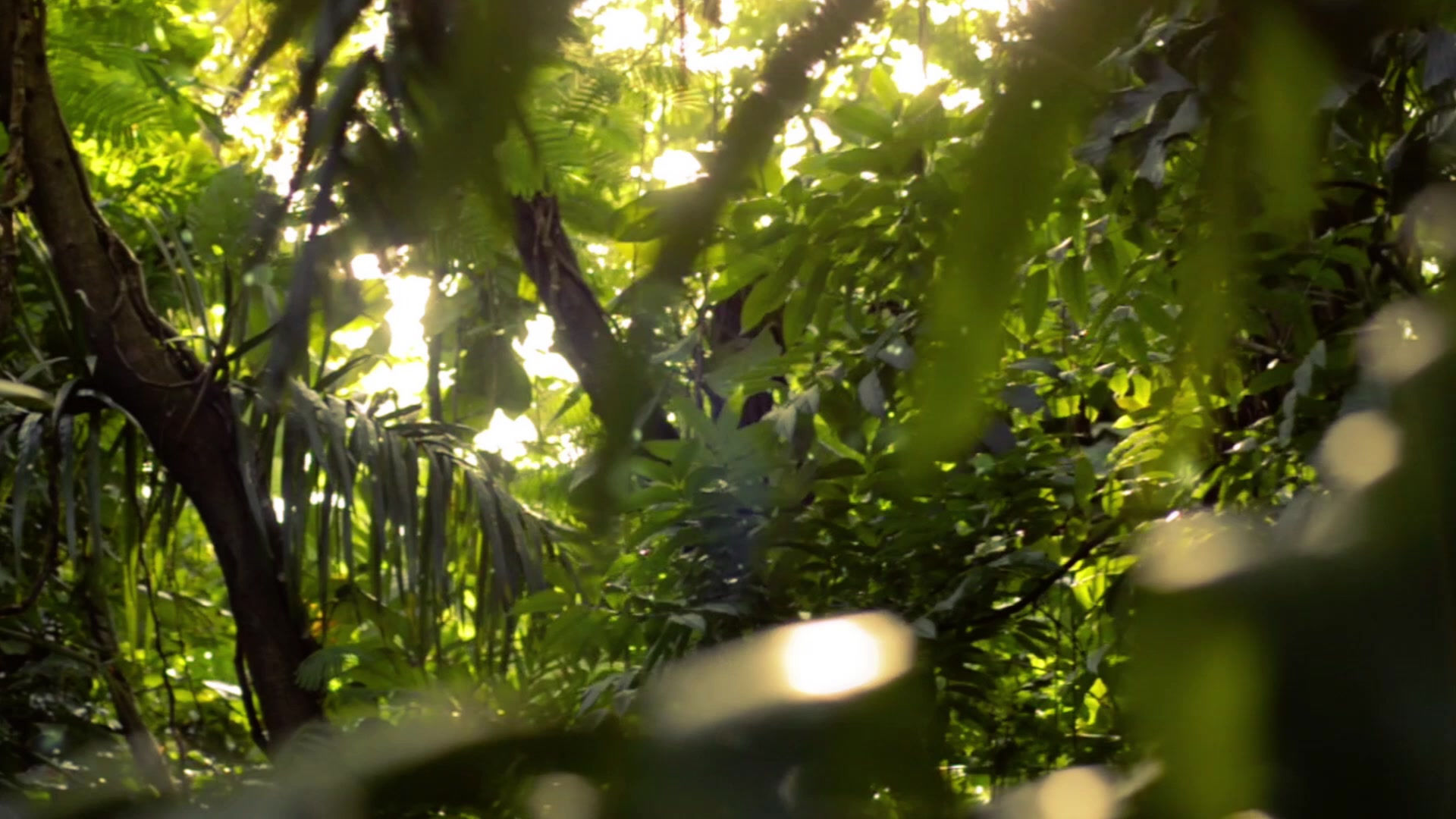
Ecosystems Assignment
Food














What is carbon?
Carbon is an element that cannot be broken down into a simpler substance. Carbon compounds can be found in living things like plants and animals and in nonliving things like rocks and soil. Carbon is like a ‘building block of life’ because all living things are based on carbon and carbon compounds. There is a set amount of carbon on the earth and in Earth's atmosphere, but that set amount of carbon is always changing into different carbon compounds and moving between living and nonliving things.
What is the carbon cycle?
The carbon cycle is the name of the cycle of carbon that goes back and forth between living things and the environment. Carbon is released into the atmosphere from "carbon sources" and is stored in plants, animals, rocks, and water in what are called "carbon sinks." This is a process that occurs in a many steps. In the 1st step, through photosynthesis in which plants take carbon dioxide out of the atmosphere and release oxygen. The carbon dioxide is converted into carbon compounds that make up the body of the plant, and is stored in both the aboveground parts of the plants (the shoots and leaves), and the belowground parts (roots). In the 2nd steps, animals eat the plants, breath in the oxygen, and exhale carbon dioxide. The carbon dioxide created by animals is then available for plants to use in photosynthesis. Carbon stored in plants that are not eaten by animals decomposes after the plants die, and is then either released into the atmosphere or stored in the soil.
What is the energy flow in an ecosystem?
Energy doesn't go through ecosystems like matter does. Energy is said to flow continuously through the ecosystem, but is lost as fast as it is gained.
Food is eaten for two reasons:
To build new cells that are needed for growth and repair
To provide energy for movement and internal processes.
In ecosystems, energy flows from one organism to another as the other is eaten. The food material available to each organism is only that which is in the body cells of the organism it eats. The food materials that an organism has used up for energy are not available to the organism that eats it.
Only 10% of energy is passed along to the next level in a food chain. The rest is lost through waste, heat, movement and respiration.
What is a Food Web?
A food web is the name of a cycle of the order in which producers and consumers are consumed. A food web doesn't show how many of the specific producer or consumer there is. The food web starts of with producers who take in energy from the sun, then producers are consumed by vegetation consumers (the primary (first) consumers), then the primary consumers are eaten the secondary consumers (who are carnivores or omnivores), and then the secondary consumers are consumed by 3rd order consumers.
Example of a Food Web in Australia:

